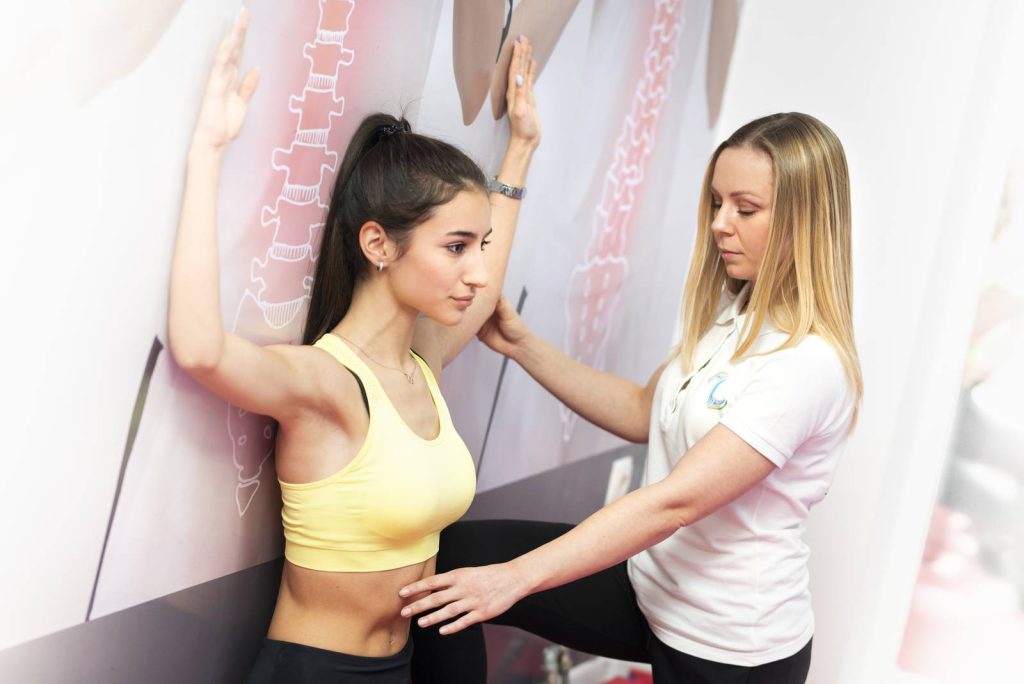Adolescent idiopathic scoliosis


The most common type of scoliosis is idiopathic scoliosis which affects about 80-90% of all people with scoliosis. The etiology of scoliosis is unknown and presumably multifactorial. Idiopathic scoliosis is classified according to the age of the patient at the time of diagnosis. On the basis of the notion that three growth spurts correspond to the phases of highest risk for worsening of scoliosis, the condition is subdivided into 3 types: infantile, juvenile and adolescent scoliosis. Adolescent idiopathic scoliosis (AIS) is a structural, lateral, rotated curvature of the spine that arises in otherwise healthy children at (9 years and older) or around puberty. The clinical picture of patients is derived from actual photos, the Adam's forward bend test and a scoliometer, however, diagnosis is not definitive without the radiological images and measuring of the Cobb angle.
The most frequently noted long-term sequelae of untreated AIS are curve progression, back pain, cardiopulmonary problems and psychosocial concerns. These consequences do not necessarily occur in every person with scoliosis, but some of them may occur over time in untreated scoliosis. The size of curve progression tends to increase over the entire lifetime, but the degree of progression over a lifetime-at-risk varies with many factors. Factors predicting curve progression include maturity (age at diagnosis, menarchal status, and the amount of skeletal growth remaining), curve size, and position of curve apex.
There are many types of treatment for adolescent scoliosis. The most popular type of treatment for AIS is Schroth therapy. Main objectives of treatment are deceleration or prevention of further progression , the increase of chest mobility and respiratory function, trunk symmetry. Brace treatment is also one of the types of treatment ; depending on the degree of curvature and bone maturity of the patient. Finally, as a form of treatment, surgical correction of scoliosis is sometimes performed in the case of scoliosis greater than 45 degrees.
Early detection of scoliosis and appropriate treatment have a significant impact on stopping the progression of scoliotic curvature and its reduction of the curves. We should be aware that adolescent idiopathic scoliosis represents a condition of the spine that can be treated and influenced, but it is certainly something to pay attention to.
